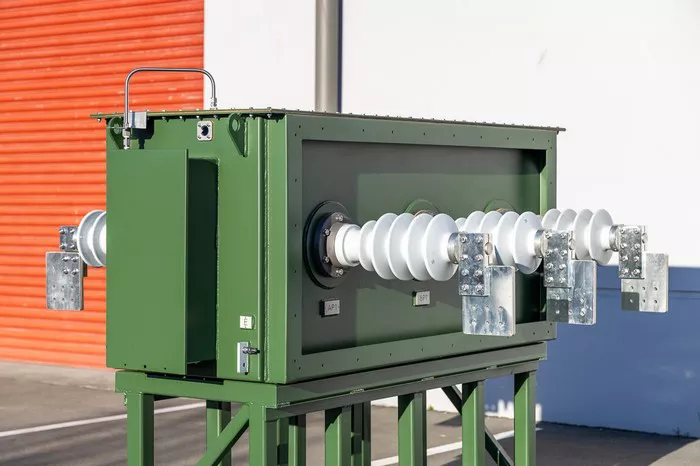Transformers play a critical role in electrical substations by enabling efficient transmission and distribution of electricity. They help regulate voltage levels, ensuring that power can be delivered safely and effectively across the grid. Understanding the types of transformers used in substations is essential for engineers, technicians, and anyone involved in power systems.
Role of Transformers in Substations
Substations serve as intermediaries in the power distribution network, stepping up or stepping down voltage levels to facilitate efficient power transmission. Because high-voltage transmission minimizes energy loss over long distances, substations employ various transformers to adjust voltage levels according to operational needs. The main types of transformers used in substations include power transformers, distribution transformers, instrument transformers, and specialty transformers.
Types of Transformers Used in Substations
1. Power Transformers
Power transformers are the backbone of substations, used primarily in transmission networks for stepping up or stepping down voltage levels. They are designed to handle high power levels and operate at maximum efficiency under full load conditions.
Step-Up Transformers: Located at generating stations, they increase voltage from the generator level (typically 11-33 kV) to high transmission voltages (110-765 kV) to minimize transmission losses.
Step-Down Transformers: Placed at receiving substations, these reduce transmission voltages to medium or low levels suitable for distribution networks (typically 33 kV, 22 kV, or 11 kV).
Power transformers are built with high insulation and cooling capabilities to withstand heavy loads over prolonged operation.
2. Distribution Transformers
Distribution transformers, also called service transformers, are deployed at substations to provide the final voltage reduction before electricity reaches consumers. Unlike power transformers, they are designed to operate efficiently under fluctuating load conditions and low voltage levels (typically 33 kV to 400 V).
Pole-Mounted Transformers: Small-capacity distribution transformers mounted on poles for residential and rural areas.
Pad-Mounted Transformers: Installed on concrete pads, used in underground distribution systems for urban settings.
These transformers ensure a steady and reliable power supply for homes, businesses, and industries.
3. Instrument Transformers
Instrument transformers are used to measure and monitor electrical parameters in a substation. These include:
Current Transformers (CTs): Reduce high currents to measurable levels, allowing protective relays and meters to function accurately without being damaged.
Voltage Transformers (VTs) or Potential Transformers (PTs): Step down high voltages to safe levels for measurement and control equipment.
Instrument transformers ensure the safety of operators and the proper functioning of control systems in substations.
4. Specialty Transformers
Certain substations require specialized transformers designed for specific applications:
Auto-Transformers: Used in high-voltage networks to provide variable voltage conversion with a single winding design, making them cost-effective and efficient.
Isolation Transformers: Employed in industrial and sensitive electrical applications to isolate circuits and protect against surges.
Phase-Shifting Transformers: Control power flow between parallel transmission lines, improving stability and reducing losses.
Key Design Considerations for Substation Transformers
Transformers used in substations must meet several design and operational criteria:
Voltage and Power Ratings: Must match the requirements of the transmission or distribution network.
Cooling Methods: Options include oil-cooled, air-cooled, and forced cooling systems to prevent overheating.
Insulation and Protection: High-quality insulation materials and protective relays ensure durability and safety.
Efficiency and Load Capacity: Transformers should be designed to handle peak loads while minimizing energy losses.
Conclusion
Transformers are essential for ensuring the efficiency and reliability of electrical substations. Power transformers, distribution transformers, instrument transformers, and specialty transformers each serve unique roles in managing voltage and current levels within the power grid. Understanding their functions and selection criteria is crucial for designing and operating effective substations, ultimately ensuring stable and secure electricity supply to consumers.

